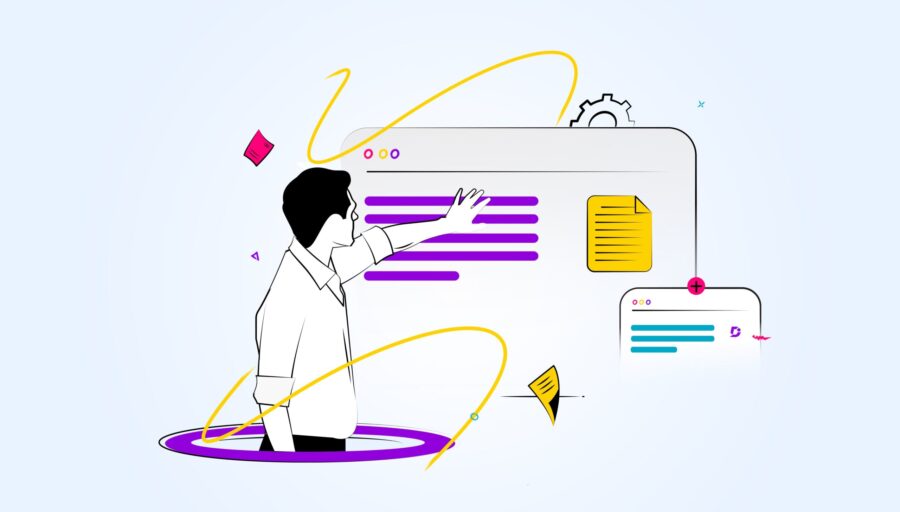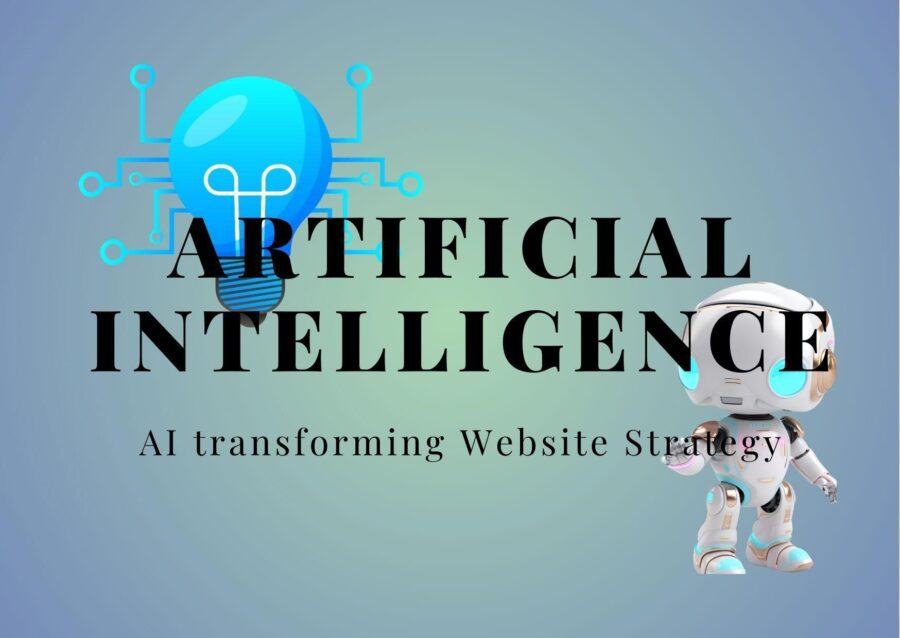
by jsendak | Jan 9, 2024 | DS Articles

Master API Documentation and Design: Optimize integration with top API Documentation and Design practices for superior developer engagement.
Optimizing Engagement: Mastering API Documentation and Design
The future of software development is hinged on the seamless integration of digital services, and APIs or Application Programming Interfaces play a significant role in this evolution. Subsequently, this necessitates the need for excellent API documentation and design practices for enhanced developer engagement.
Long-term Implications
The nature of API documentation and design carries far-reaching consequences in the tech industry, and particularly in the realm of software development. As businesses continue to recognize the importance of API integration, the demand for cleanly designed and well-documented APIs is likely to surge.
Mastering API documentation and design places businesses ahead of the technological curve, allowing them to take full advantage of a seamlessly interwoven digital ecosystem.
Moreover, effective API documentation can aid in fostering an environment conducive to developer engagement. It makes it easier for developers to understand, use, and incorporate APIs into their projects. APIs that carry a steep learning curve or are riddled with complexities might discourage developer involvement.
Possible Future Developments
In the foreseeable future, we might see an increased focus on optimizing API documentation for better readability and user interface. This involves refining the structure, design elements, explanatory clarity, and overall comprehensibility of API documentation.
Furthermore, as AI progresses, there might also be an opportunity for leveraging AI tools to automatically generate or enhance API documentation. This could significantly reduce the gridlock often experienced in manual documentation.
Actionable Insights
To effectively attract developers, businesses should prioritize creating clear, concise, and easily navigable API documentation. Here are some actionable points:
- Focus on Clarity: Make sure your API documentation is straightforward. Avoid technical jargon where possible to make it accessible to varied developer levels.
- Design Consistency: Consistent design in API documentation helps maintain intuitiveness and predictability, making it more user-friendly.
- Update Regularly: Documentation should evolve with the codebase. Updates should be timely to prevent obsolescence and outstanding bugs.
- Use of Examples: Including real-world use-cases and examples can help developers grasp the functionality of the API promptly.
In conclusion, efficient API documentation and design is an investment in the future, the importance of which cannot be understated in the journey towards a fully digital economy.
Read the original article

by jsendak | Jan 9, 2024 | DS Articles

There is a new letter on TIME, What Generative AI Reveals About the Human Mind, where a professor wrote, “Natural brains must learn to predict those sensory flows in a very special kind of context—the context of using the sensory information to select actions that help us survive and thrive in our worlds. This means… Read More »Textual predictive coding: Do LLMs and the human mind compare?
Understanding Generative AI: Unveiling the Mirrors of the Human Mind
In a recent Time Magazine letter entitled “What Generative AI Reveals About The Human Mind,” a professor explains the role of predictive algorithms in both natural, human brains and artifically intelligent machines. It touches on the deeper issue of whether machine learning models truly emulate the complexity and dynamics of human cognition.
Reflecting on Predictive Coding in AI and Human Brain
“Natural brains must learn to predict those sensory flows in a very special kind of context—the context of using the sensory information to select actions that help us survive and thrive in our worlds.”
The human brain’s ability to process sensory data and accurately predict outcomes is vital to our survival. According to the author’s perspective, we utilize sensory information to make decisive actions that contribute to our well-being. Similar principles can be seen in predictive coding used within AI systems, particularly in Long Short-Term Memory (LLM) networks within Machine Learning.
Implications of Generative AI
In the long-term, the development and improvement of generative AI can significantly impact various sectors of society. As AI advancements continue to draw insights from the workings of the human mind, we can expect more precise predictive analysis, faster computation times, and highly intuitive algorithms.
- Advanced Predictive Analysis: The evolution of generative AI may lead to higher accuracy in prediction models across sectors such as finance, healthcare, weather forecasting, and logistics.
- Faster Computation: Just as humans make real-time decisions based on sensory information, we could see AI capable of similar real-time predictions and actions due to advances in processing speed.
- Highly Intuitive Algorithms: As AI continues to mirror human cognition, we may see the rise of even more intuitive and user-friendly software and applications.
Actionable Insights
From the information gleaned, there are several steps that individuals and organizations can take to harness the full potential of generative AI advancements towards development and prosperity.
- Investing in AI Research: Organizations can invest in AI-related R&D for continuous innovation in this fast-growing field. The more we understand about the similarities and dissimilarities between human and artificial cognition, the better we can optimize their functionalities.
- Education and Talent Development: Immerse in courses and programmes that focus on AI, Machine Learning, and other related fields. A stronger understanding of these areas will be invaluable as technology continues to evolve and play a larger role in the world.
- Ethical Considerations: As the lines between human intelligence and artificial intelligence blur, it becomes crucial to consider and mitigate any ethical implications that may arise from these advancements.
In conclusion, as generative AI continues to evolve and mirror human cognition closer, it is necessary for societies and organizations to embrace this change, understand its potential, and take proactive steps to integrate these advancements in our daily functions.
Read the original article

by jsendak | Jan 8, 2024 | DS Articles

Elevate your website strategy with AI chatbots and unlock new possibilities for engaging customer interactions.
Understanding the transformation of customer engagement via AI chatbots
Considering the current scenario of technological advancements, AI chatbots have become an integral element of modern business strategies serving manifold purposes. Particularly, they are revolutionizing customer service by providing engaging, efficient, and round-the-clock customer interactions.
Potential Future Developments
While AI chatbots have already transformed the way businesses interact with their customers, their constant evolution suggests an even brighter future where these robots could potentially manage more complex scenarios that involve emotions and decision-making.
- Emotional Intelligence: Future AI chatbot developments might have Emotional Intelligence features which will allow bots to understand and respond to user emotions. This can help usage in customer care sectors.
- Advanced Problem-Solving: While current bots are primarily used for addressing simple queries, in the future they could deal with complex issues, reducing the dependency on human operatives.
- Integration with IoT: Interoperability between AI chatbots and IoT could provide businesses with more advanced and convenient solutions, enhancing the customer experience furthermore.
Long Term Implications
The implications of AI chatbots extend beyond immediate improvements in customer service. With the potential to handle complex queries and make decisions, businesses can expect significant cost savings and efficiency gains. Additionally, the integration with IoT can elevate businesses’ capacity to offer real-time solutions. However, companies must be prepared for accompanying challenges such as data privacy concerns and managing technological transitions.
Actionable advice for businesses
- Invest in AI Chatbot Development: Businesses should invest in developing or integrating AI chatbot solutions to stay competitive and efficient in their service delivery.
- Train your Team: Ensure your team is trained to use and manage these AI chatbots.
- Align with Business Strategy: The implementation of AI chatbots should align with the business’s overall strategy and goals.
- Customer Data Protection: With the increasing use of AI chatbots, businesses need to have robust systems in place to ensure data privacy and security.
In conclusion, harnessing the potential of AI chatbots could unlock numerous opportunities for businesses. However, it is crucial to strategically approach this transition to maximize benefits while mitigating accompanying challenges.
Read the original article





